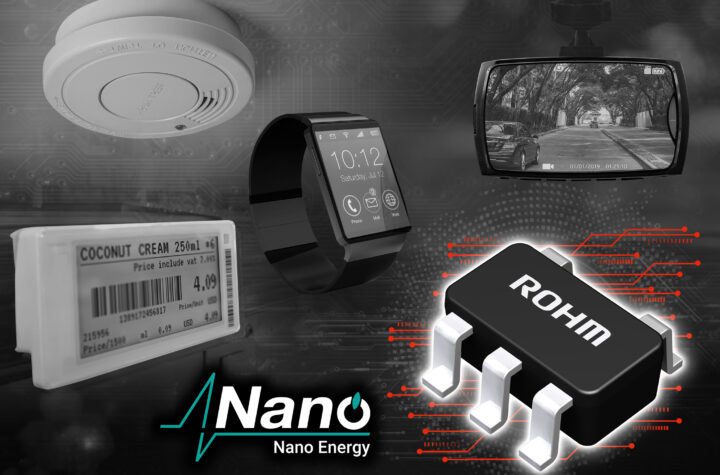The long-term search for a gasoline alternative that meets the requirements for renewable fuel with 50% or greater reduction in total greenhouse emissions (vs. gasoline) from its production and use is now focused on biobutanol. Being readied for production by a BP/DuPont team, biobutanol both fills the technical requirements for a gasoline replacement and appears to have good economics without need for government subsidies (reported to be $6 billion/year currently for U.S. ethanol).
An industry source says that Butamax (BP/DuPont) is expected to have first production under way by the beginning of 2012. Presumably EPA’s earlier permit for 16% biobutanol in gasoline remains valid, but a new permit for use above the 16% level would be needed.Â
In effect, concern over corn ethanol’s use of valuable food crop, along with land, water and fertilizer, is close to a solution. Economic production systems for biobutanol are understood to be well advanced. Technical advantages over of biobutanol over ethanol include a higher energy content giving close to the same mpg vehicle performance as gasoline. Another is that biobutanol can be mixed with gasoline in a pipeline, and does not have to be transported separately as required for corn ethanol (to avoid ethanol pick up of water in pipelines). Lower vapor pressure permits biobutanol to be blended with gasoline that has higher vapor pressure than that required for blending with ethanol. This, in turn, permits higher gasoline yield per barrel in refining.
The BP/DuPond team reported three years ago that its vehicle testing indicated that 16% butanol in gasoline meets EPA permit requirements. Higher than 16% biobutanol blending is, however, said to be entirely possible without changes to vehicle systems or fueling station tanks and pumps. This solves fuel retailer’s tank and pump problems and eliminates motorist confusion with pump labeling. Â
Among the heavy hitters developing biobutanol is the BP/DuPont joint venture, Butamax. Others are Gevo and Cobalt, with Phytonix joining the competition with a genetically modified (GM) bacteria that continuously secretes biobutanol in photobioreactors which are fed with ambient or industrial source CO2 and salt or fresh water. Phytonix spokesman Bruce Dannenberg says the bacteria automatically degrades if exposed to the atmosphere, so as to render it harmless. Dannenberg refers to this as “Biosafety guarded GM organismâ€. Phytonix claims biobutanol yield will be about 20,000 gal/acre/yr.
Phytonix reports that biobutanol made via its process costs under $1/gal, including the financing of capital. This is about the same basic cost claimed for Algenol’s ethanol made from algae that continuously secrets ethanol vapors. In other words, we have two secretion systems for different alcohols in about the same cost range. These cost figures do not include administration, marketing and profit. For reference, the Wall Street Journal reports $2.50/gal for denatured ethanol before subsidies.Â
Regarding cost, it should be noted that biobutanol developers Butamax, Gevo and Cobalt are targeting use of cellulosic raw material at least for initial production. Related costs are not expected, however, to be at the low levels claimed for the Phytonix bacteria system. Cobalt has reported its intention to sell into the higher priced chemicals market initially and later for fuels. Much of the early production is expected to be at retro-fitted ethanol plants.Â
Another biobutanol advance was recently announced by Biology Professor James Liao at DOE’s Bio Energy Science Center, UCLA, who claims that the fuel can be produced directly from cellulose by combining biomass utilization with fermentation of sugars in a single step with clostridium.
Looking ahead, it appears to be entirely possible that biobutanol could become a major component of spark ignition engine fuel at less cost than today’s gasoline. Perhaps new, low cost methods for obtaining diesel fuel from algae and other bio sources will be the other part of a 1-2 punch for replacement of imported petroleum motor fuel. An interesting question will be how gasoline/biobutanol blends are marketed? Will a new name be created with consumer appeal?
AI Insider Bob Brooks is a member of the Society of Automotive Engineers and long-time automotive technology journalist specializing in powertrains and fuels.
Â














































 Harnessing the power of the age of the app in the auto industry
Harnessing the power of the age of the app in the auto industry



